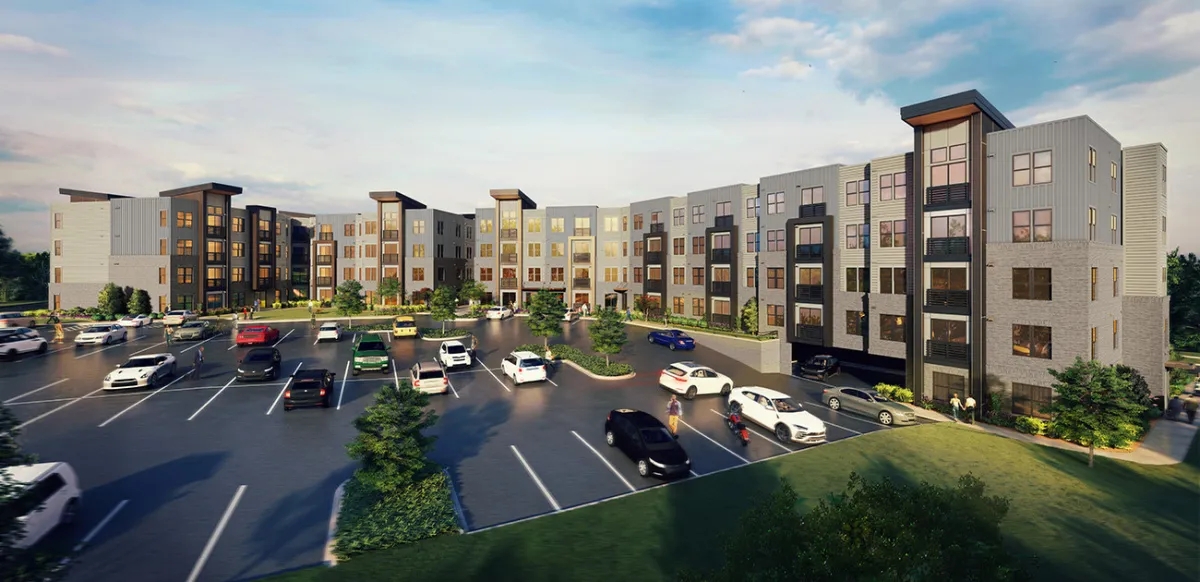Some developers of color are working to close the homeownership gap; however, change must come about in how projects are awarded and incentivized.

Since 2019 when they purchased their inaugural property, Shelley Halstead’s real estate development initiative Black Women Build-Baltimore has helped eight Black women become homeowners by rehabbing vacant and decrepit houses in West Baltimore. Ten of these have already been completed; nine more are under construction while 17 more homes await rehabilitation and repair. Giving Black women this opportunity to accumulate wealth through homeownership is particularly meaningful given reports which reveal that Black women “fall behind in every category of wealth accumulation”.
Halstead is among a small but growing number of housing developers–particularly people of color–creating homeownership opportunities by adding inventory to communities of color. Many of these developers focus on broad community development goals as well as offering business and job opportunities for people of color on their development projects; furthermore they work to foster placemaking within neighborhoods by developing commercial spaces that add amenities and business potential for diverse neighborhoods.
Majora Carter of South Bronx developer majora Carter discusses in her book Reclaiming Your Community: You Don’t Have to Move Out to Live Better how providing homeownership opportunities in historically underserved neighborhoods can make them better places. Carter notes how often, newly built housing for lower-income people of color in historically underserved neighborhoods includes government subsidized rental units with “poverty level maintenance,” creating profits for multifamily real estate developers while further entrenching inequality and making homeownership harder over time for people from these communities.
Tanya Stephens, founder of Detroit Vacant Land and Community Development Corp., sees similar trends emerging in her market.
“Right now, our focus is ensuring people have basic rental housing,” according to Stephens. Home prices in Detroit have risen as more residents move in and there is an increased need for low-to-middle income residents’ housing solutions. Stephens noted that the city offered millions in taxpayer subsidies to build The District Detroit with 695 mixed income rental units spread across 10 properties, all available as rental options.
Cruz Companies is a 75-year-old construction, development, and management firm founded by John “Bertie” Cruz Jr. of Cape Verde descent who immigrated to Boston. They aim to foster sustainable communities through economic development. John B. Cruz III is the President and CEO of Cruz Companies. Since 1969, they have provided amenity-rich rental housing units at affordable rent to Black and Brown communities – most recently Nubian Square: an integrated mix of affordable and market rate housing projects offering homes for sale. Some homes located in predominantly Black areas of Boston have sold for as much as $1 million. “I am immensely proud that we have created a market within Boston’s inner city that attracts both Black and Brown people who were previously fleeing to suburbia.”
Halstead attributes much of Black Women Build-Baltimore’s success to her experience as a carpenter and its small size–a two-person team including a program manager is enough for success. At first, she had to fund her projects herself: other nonprofit developers appeared more connected and received more funds; but with help from architects and structural engineers providing free or discounted work they received permits more easily; she now receives requests to replicate what she does both locally and nationally.
Neily Soto, an agent in Salem, N.H., became a developer after she couldn’t locate inventory for her predominantly Latino buyers. Not initially intending to become one, Soto attended meetings of development groups in search of solutions. When none materialized soon enough to address her supply-and-demand challenge, Soto decided to raise capital and explore real estate development as an avenue of relief.
Soto realized that government funding for real estate development typically goes to larger developers, so she found private investors instead. To overcome some of the hurdles new and minority developers of color face due to being less networked, she attended city council and zoning meetings proactively: “Even if you don’t have a project yet, make sure they get to know you,” says Soto.
She used the National Association of Hispanic Real Estate Professionals’ (NAHREP’s) State of Hispanic Homeownership Report to secure approval for her projects located in Massachusetts and New Hampshire. “I sent it [the report] directly to Lawrence and Methuen mayors and requested meetings,” said Rubio.
“I tend to focus on towns where there’s a high need for affordable housing, particularly among Hispanic families,” states Soto. “I pitch my project, then assess whether or not the mayor and his team are interested.” Since 2016, Soto has completed 12 homes for owner-occupants while another 100 are going through entitlement processes in Hooksett, N.H.
Jaebadiah Gardner, a Seattle-based developer with Mexican and African American descent, has also been working to increase affordable home purchase options. Land trusts are currently the main vehicle used for creating more cost-effective homeownership opportunities in Seattle; however, these models can have their drawbacks; buyers acquire only part of the equity when they buy through land trusts; additionally “[my development company is] about building wealth while creating homeownership opportunities in Black and Brown communities. “


